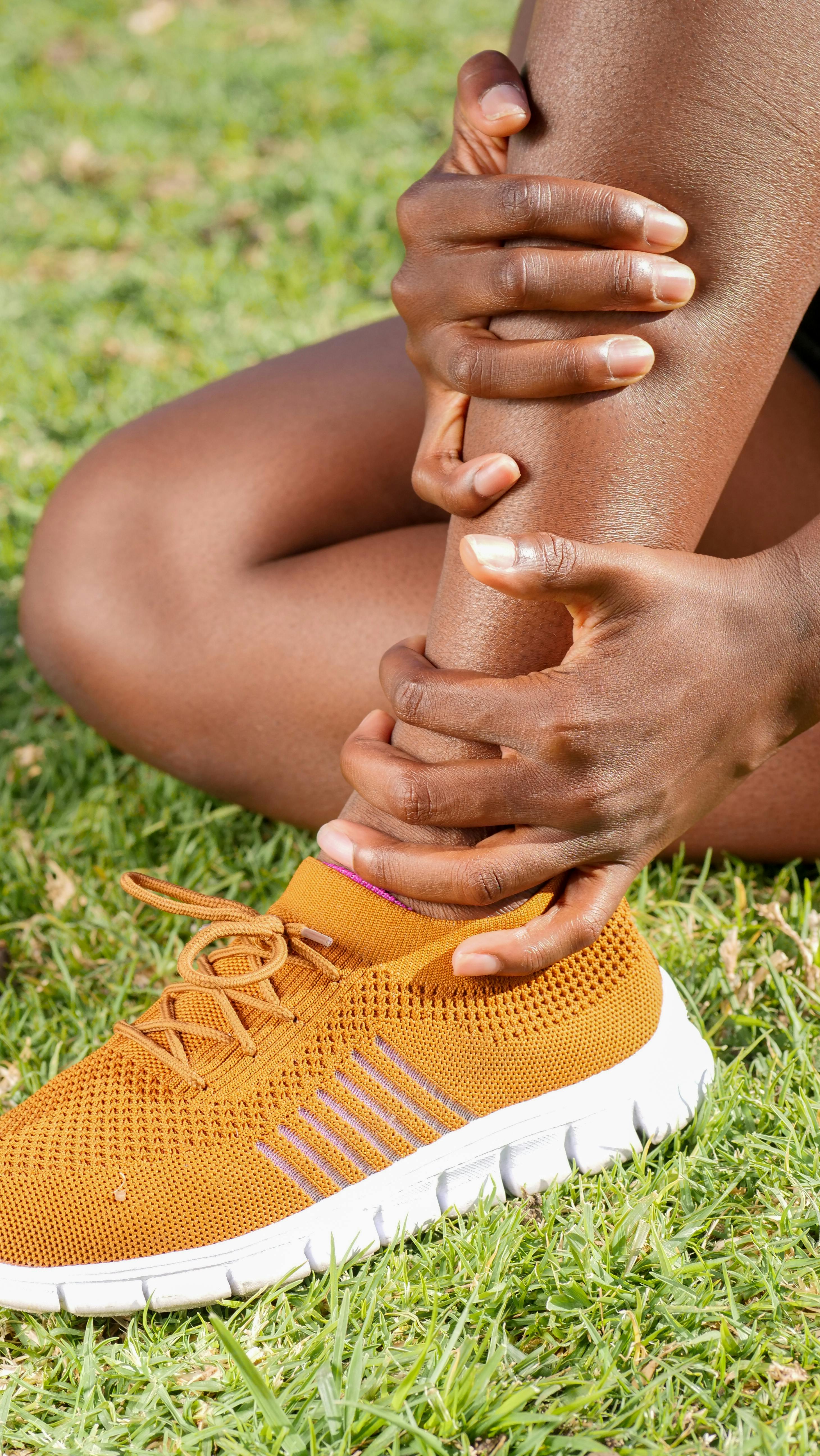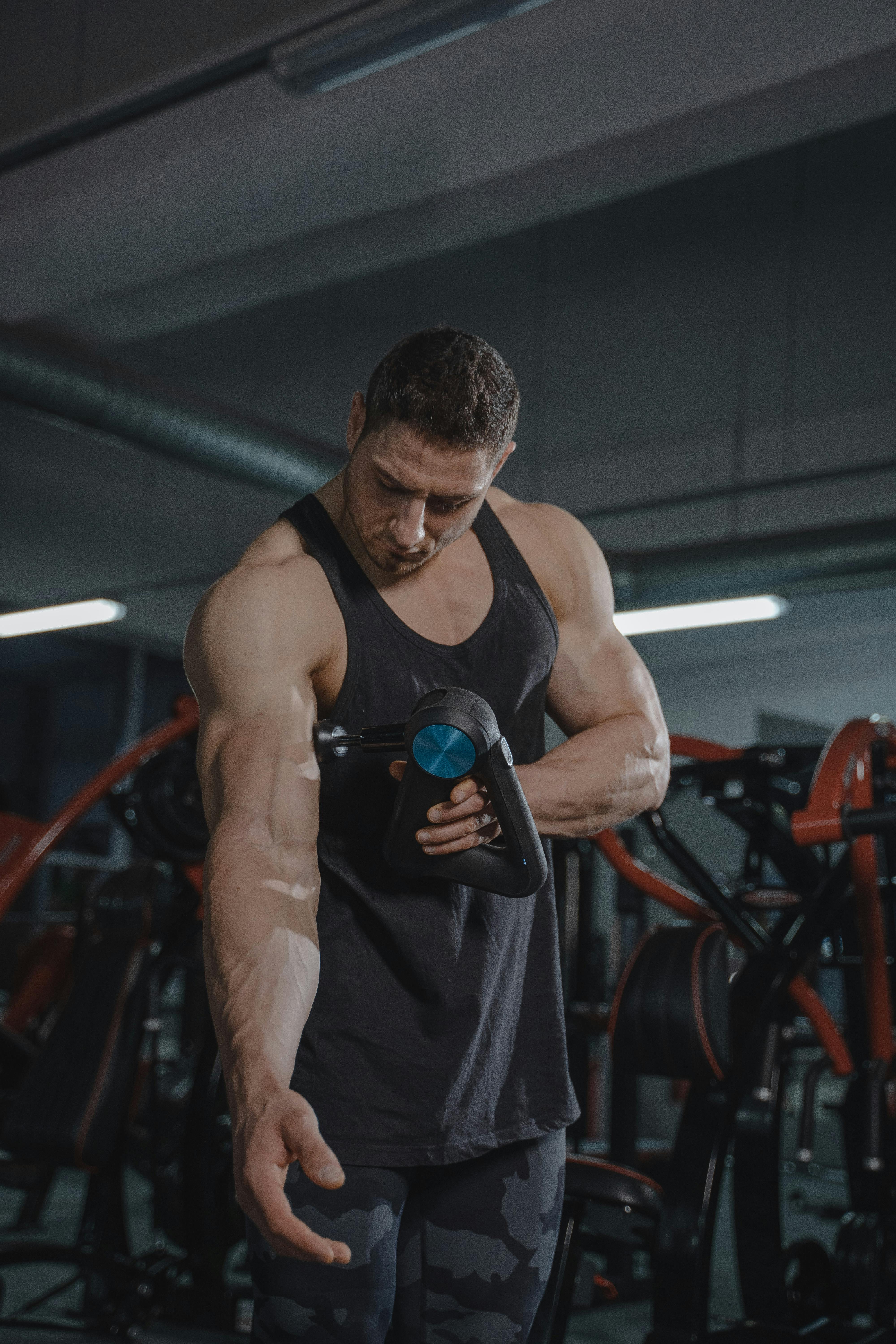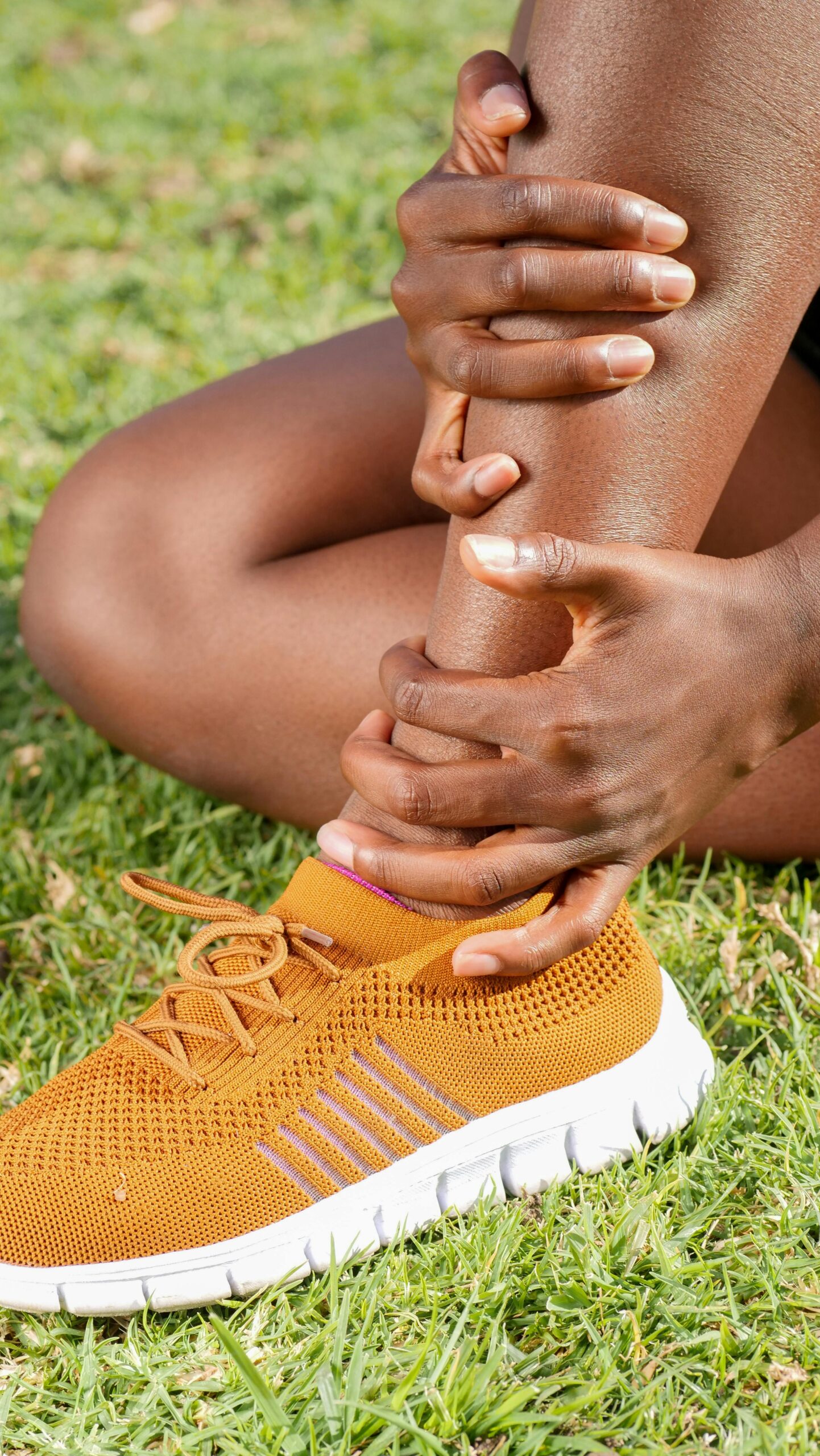Sports Massage vs Swedish: Understanding the Key Differences
When it comes to massage therapy, there are many techniques to choose from. Two of the most popular are sports massage and Swedish massage. While both offer numerous benefits for the body and mind, they differ in their approach, purpose, and techniques. In this article, we’ll dive deep into the differences between sports massage and Swedish massage, helping you decide which one is best for your needs.

Understanding the Fundamentals
Massage therapy has been used for centuries to promote healing, relieve stress, and improve overall wellness. While Swedish massage focuses on relaxation, sports massage is designed to address specific muscle tension and enhance performance. Understanding the core differences can help you choose the right massage type for your needs.
Swedish massage is often seen as the most traditional form of massage, focusing on long, flowing strokes designed to relax the body and promote circulation. On the other hand, sports massage targets specific areas of tension, especially those related to athletic performance and injury recovery.
1.1 Swedish Massage: A Relaxation-Oriented Approach
Swedish massage is characterized by gentle, long strokes, kneading, and circular movements. It is primarily used to promote relaxation and stress relief, making it ideal for people looking to unwind or improve circulation. This technique is particularly beneficial for individuals who are new to massage therapy or seeking an overall sense of relaxation.
Studies show that Swedish massage can help reduce stress hormone levels while boosting the body’s production of serotonin and dopamine. This makes it an excellent option for improving mood and mental well-being. It is also helpful for people experiencing mild muscle tension.
1.2 Sports Massage: Tailored for Performance and Recovery
Sports massage, unlike Swedish massage, is tailored to the needs of athletes or individuals who engage in regular physical activity. It focuses on specific muscle groups, aiming to enhance flexibility, alleviate muscle tightness, and address injuries. This type of massage can be both preventative and therapeutic, depending on the individual’s needs.
Sports massage techniques may include deep tissue massage, trigger point therapy, and myofascial release. These methods help break down muscle adhesions and release tightness, which can improve overall athletic performance and reduce the risk of injury.
Practical Implementation Guide
Choosing between sports massage and Swedish massage depends on your personal goals. If you are looking for general relaxation and stress relief, Swedish massage might be the better option. However, if you’re dealing with muscle soreness, recovery from a sports injury, or need to improve flexibility, sports massage could be the more effective choice.

2.1 Actionable Steps to Choose the Right Massage
- Evaluate your goals: If you’re looking to relax and reduce stress, Swedish massage is ideal. If you need to recover from a workout or sports injury, go for sports massage.
- Consider your fitness level: Athletes or those with muscle injuries may benefit more from the deep tissue techniques of sports massage.
- Consult with a professional: Speak with a licensed massage therapist to help determine which technique is best for your needs based on your physical condition.
2.2 Overcoming Common Challenges
While both sports and Swedish massage have distinct benefits, you may face challenges when selecting the right type of therapy. For instance, if you’re experiencing chronic muscle pain, sports massage may feel intense, which can be uncomfortable at first. It’s essential to communicate with your therapist and adjust the pressure to suit your comfort level.
Additionally, if you’re new to massage therapy, you may find Swedish massage more approachable as it focuses on relaxation. However, if you’re experiencing specific pain points, you may need a more targeted approach like sports massage for quicker relief.
Advanced Applications
As you gain more experience with massage therapy, you may want to explore advanced techniques that go beyond basic relaxation or injury recovery. Both sports and Swedish massages offer advanced variations that can help you address more specific issues or achieve peak performance.

3.1 Deep Tissue Sports Massage
Deep tissue sports massage is an advanced technique used to target deeper layers of muscle tissue. It is particularly effective for individuals dealing with chronic muscle pain, tightness, or sports-related injuries. This technique involves slower strokes and more intense pressure to break up muscle adhesions and relieve tension.
Performance metrics suggest that deep tissue sports massage can increase muscle flexibility and reduce soreness after exercise, making it a favorite among athletes. Case studies show it’s particularly useful for those recovering from long-term injuries.
3.2 Combining Swedish and Sports Massage Techniques
In some cases, massage therapists may combine Swedish and sports massage techniques to address both relaxation and injury recovery simultaneously. This hybrid approach can be effective for individuals who experience chronic stress but also need to address specific muscle soreness or flexibility issues.
When combined, Swedish massage techniques help calm the nervous system, while sports massage targets deeper muscle layers for injury prevention and recovery.
Future Outlook
As massage therapy continues to evolve, new techniques and technologies are being integrated to enhance the effectiveness of both Swedish and sports massages. The future may see a greater focus on customized massage sessions that incorporate technologies like heat therapy or biofeedback to track muscle tension levels in real-time.
For now, staying informed about the benefits of both types of massage will help you make the best choices for your health and recovery needs. It’s essential to seek professional guidance as the field of therapeutic massage continues to grow and develop.
Conclusion
Sports massage and Swedish massage are both incredibly beneficial, but each serves a distinct purpose. Swedish massage is ideal for relaxation and stress relief, while sports massage is specifically designed to help with muscle recovery, flexibility, and injury prevention. By understanding the unique benefits of each, you can make an informed decision about which massage therapy best suits your goals.
If you’re ready to experience the benefits of either Swedish or sports massage, consult with a licensed therapist to discuss your needs and schedule a session tailored to your specific requirements.
Frequently Asked Questions
- Q: What is the main difference between sports massage and Swedish massage? Sports massage focuses on injury recovery and muscle performance, while Swedish massage is more about relaxation and stress relief.
- Q: How do I know if I need sports massage or Swedish massage? If you’re experiencing specific muscle pain or recovering from an injury, sports massage may be a better choice. For general relaxation, Swedish massage is ideal.
- Q: How long does a typical massage session last? Most massage sessions last between 60 and 90 minutes, but your therapist may adjust the duration based on your needs.
- Q: Is sports massage painful? While sports massage can involve deep tissue techniques that may cause temporary discomfort, it should not be unbearable. Communicate with your therapist if you feel any discomfort.
- Q: Can I combine Swedish and sports massage techniques? Yes, many therapists use a combination of both techniques to address relaxation and specific muscle issues at the same time.
- Q: How often should I get a sports massage? For regular athletes, a sports massage once a week or after intense workouts can help maintain performance and prevent injury.
- Q: What are the benefits of Swedish massage? Swedish massage promotes relaxation, improves circulation, reduces stress, and helps alleviate mild muscle tension.
